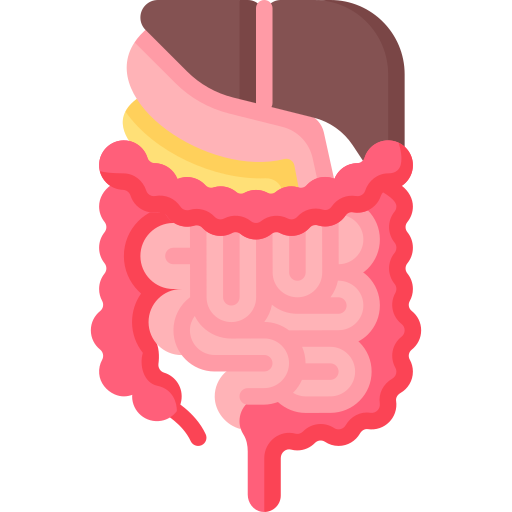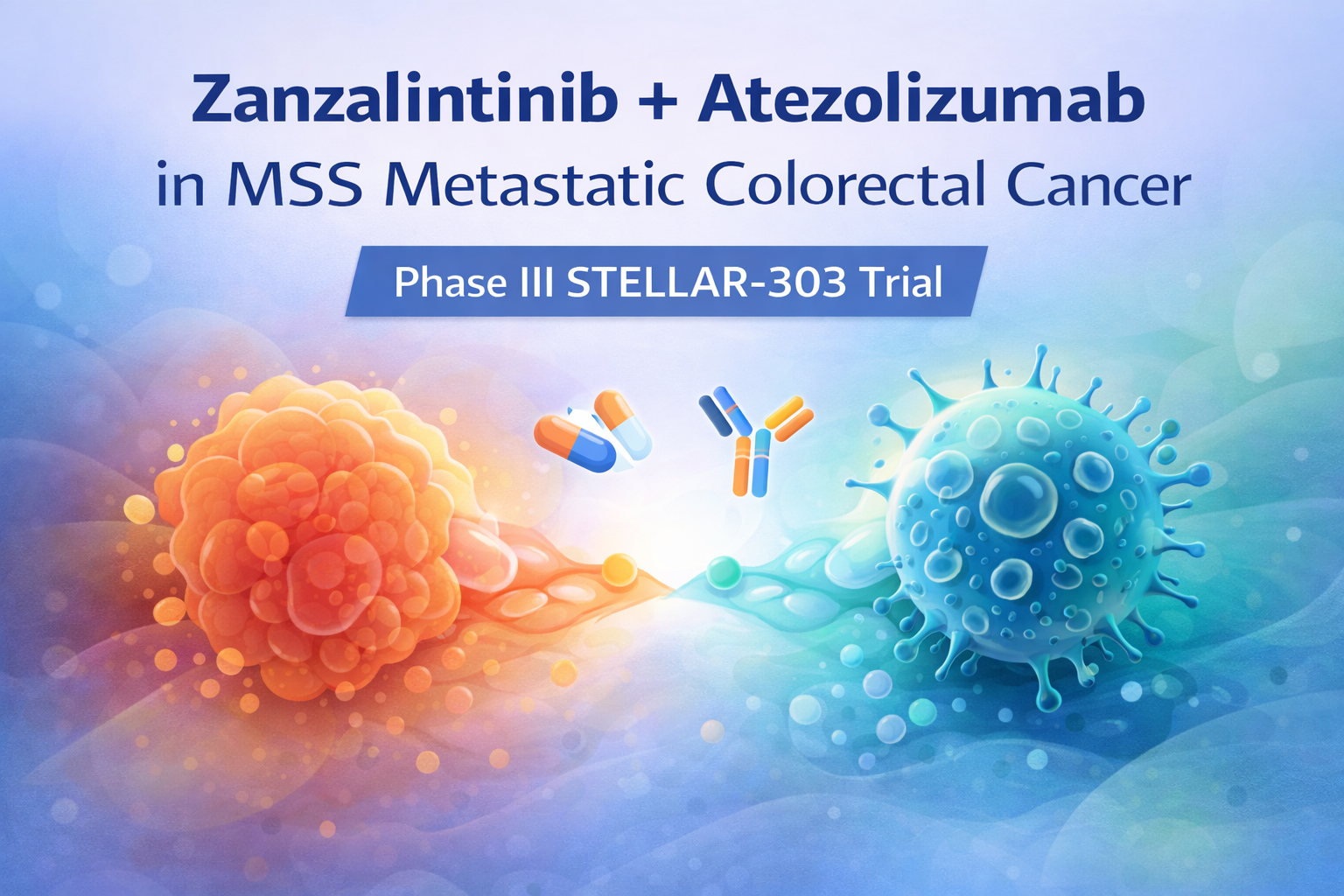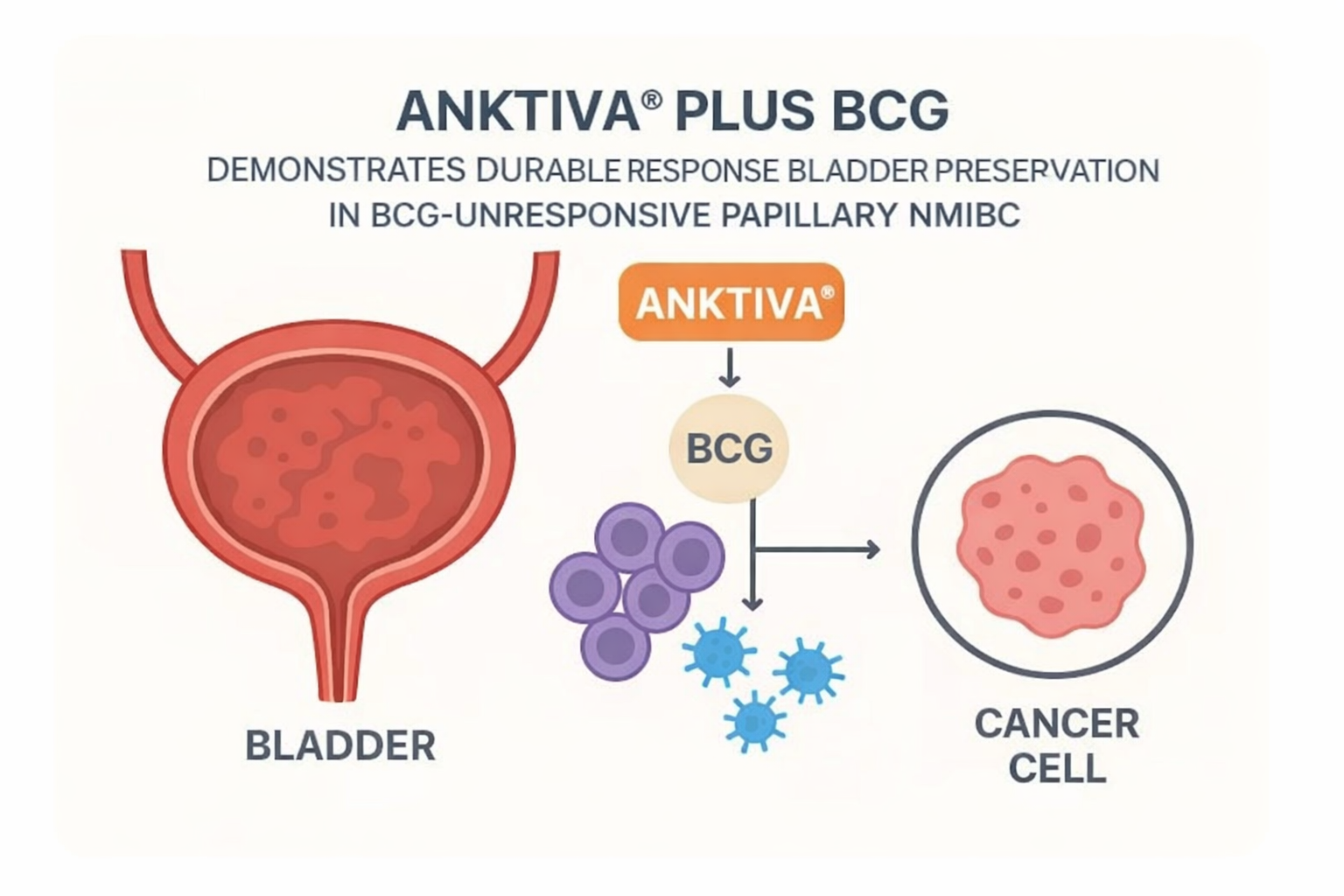

Source: GI Oncology Now
URL: https://www.gioncologynow.com/post/making-sense-of-flot-durvalumab-and-the-role-of-real-world-tumor-biology

Total neoadjuvant therapy (TNT) with up to 8 cycles of FLOT may optimize treatment delivery before surgery, but practical limitations include patient tolerance and dose reductions. ctDNA and dynamic biomarkers show promise for personalizing treatment duration and regimen selection in resectable gastroesophageal cancers.
Key Clinical Insights
- FLOT tolerance: Most patients cannot complete >4 cycles without dose reductions
- TNT rationale: Front-loading treatment may be superior since only 50% receive post-operative therapy
- PD-L1 limitations: Only 10% of MATTERHORN patients were PD-L1 negative; biomarker remains imperfect for treatment selection
- ctDNA utility: Dynamic monitoring may guide therapy switches mid-course (RANT-GC trial)
- Durvalumab combination: May preserve efficacy while reducing taxane toxicity in later cycles
Clinical Implications
- Consider TNT approach for fit patients with locally advanced disease
- PD-L1 testing recommended but should not exclude patients from immunotherapy combinations
- ctDNA clearance may become a more informative biomarker than static PD-L1 scores
- Surgical timing and patient selection remain critical for treatment success
Expert Opinion Limitations
- No primary data presented – discussion format only
- Practice variation evident among experts on cycle numbers and TNT adoption
- Biomarker validation still needed for ctDNA-guided therapy switches
- Patient selection criteria for extended treatment regimens not standardized



